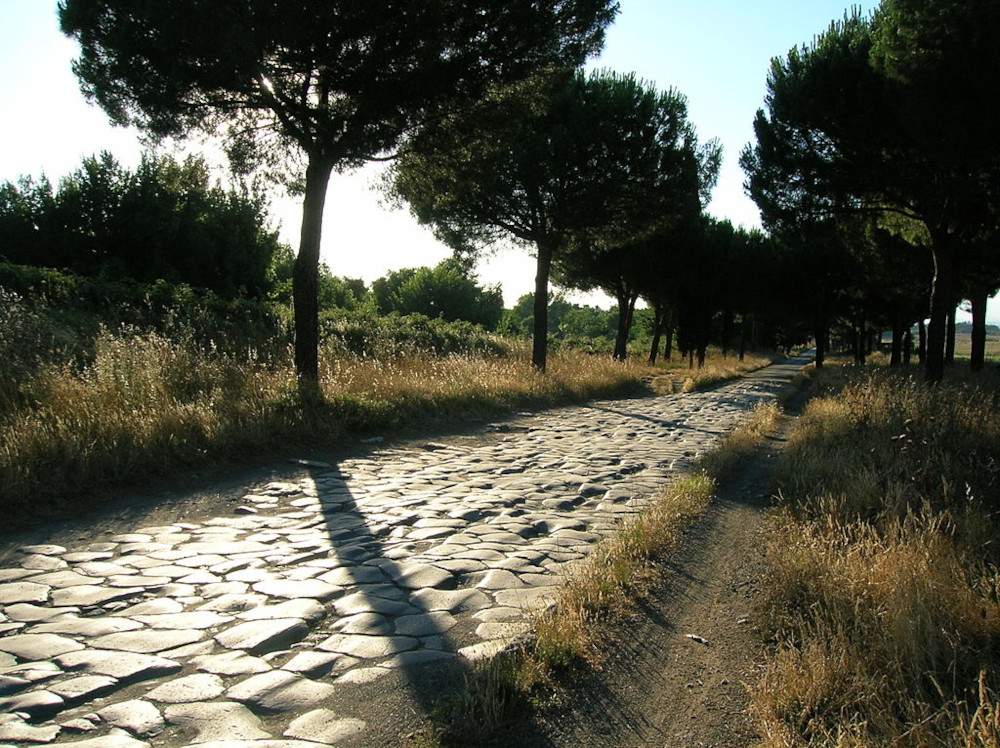From September 20, 2023 to January 7, 2024, theCentral Institute for Graphics, in the exhibition rooms of the Palazzo della Calcografia, Rome, presents the exhibition Regina Viarum. The Appian Way in Graphics between the Sixteenth and Twentieth Centuries, curated by Gabriella Bocconi. The exhibition is dedicated to the Via Appia on the occasion of its nomination to the UNESCO World Heritage List proposed by the Ministry of Culture last January.
Visitors will be able to see about seventy works chosen from among the more than three hundred in the Institute’s collections dedicated to the ancient Regina Viarum, which recount through drawings, engravings, matrices, books and photographs the iconographic fortune of the Appian Way with works by Giovan Battista Piranesi, Marteen Van Heemskerck, Etienne Du Perac, Walter Crane, Umberto Prencipe, Luigi Rossini, Felice Giani, Nicolas Didier Boguet, and Philipp Hackert.
“An exhibition in which drawings, engravings and photographs,” as the curator explains, “intersect in visual analogies and describe a portion of the country that still strikes for the suggestions derived from the natural and monumental beauties, which guided the gazes of those who projected in the extraordinary panoramas the intimacy of their state of mind.”
The exhibition aims to highlight a landscape in which attention to antiquity, the study of architecture and the suggestions of nature follow one another and alternate. The works on display, presented mainly according to a chronological criterion, document methods of observation and analysis, and return a narrative in images that develops from the 16th century to the 20th century. Outside this time span, the task of documenting the contemporary vision is entrusted to Olivo Barbieri’s photography chosen from the unfinished Alphabet shots dedicated to the archaeological park of Venosa, home of Horace, which the artist produced for the series Altri sguardi, curated by Maura Picciau and dedicated to the national artistic heritage. “A road is never just a path, because the historical overlaps as well as the forks and crossroads always make it a flow of information, impressions, emotions,” said Central Institute for Graphics director Maura Picciau.
Accompanying the exhibition will be a catalog published by Dario Cimorelli editore with contributions by Rita Bernini, Gabriella Bocconi, Angiola Maria Canevari, Franco Fanelli, Lucia Ghedin, Giorgio Marini, Gabriella Pace, Maria Giulia Rinaldi, Isabella Rossi, Giovanna Scaloni, Luca Somma, and Silvia Trisciuzzi (with introductions by Maura Picciau and Angela Maria Ferroni) analyzing iconographic, historical and technical aspects. Finally, a section of the catalog will be devoted to poetry with verses, mostly unpublished, that Domenico Adriano, Maria Clelia Cardona, Barbara Carle, Anna Cascella Luciani, Francesco Dalessandro, Roberto Deidier, Elio Pecora, Giancarlo Pontiggia, and Marco Vitale have composed for the Appian Way. On the occasion of the exhibition, the Central Institute for Graphic Design will create a special section on its online catalog www.calcografica.it dedicated to the works related to the Appian Way that it preserves, which will be constantly updated.
The exhibition is open Tuesday through Sunday from 10 a.m. to 7 p.m. (last entry at 6:30 p.m.).
Free admission.
 |
| At the Central Institute for Graphics an exhibition on the Appian Way in graphic design between the 1500s and 1900s |
Warning: the translation into English of the original Italian article was created using automatic tools. We undertake to review all articles, but we do not guarantee the total absence of inaccuracies in the translation due to the program. You can find the original by clicking on the ITA button. If you find any mistake,please contact us.